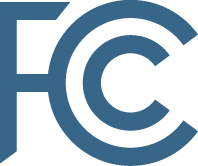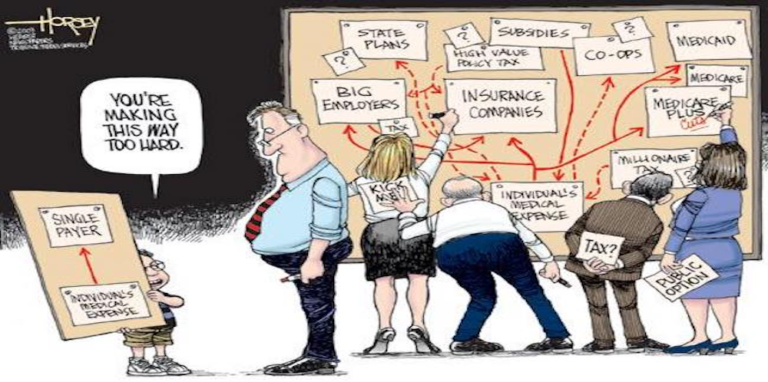FCC’s Broadband Progress Report Highlights Concerns
 Telemedicine and many of the high-tech home healthcare solutions we write about depend on high-speed access to the Internet, but only 65% of homes have broadband. That’s why I was so interested in the FCC’s recent status report to Congress.
Telemedicine and many of the high-tech home healthcare solutions we write about depend on high-speed access to the Internet, but only 65% of homes have broadband. That’s why I was so interested in the FCC’s recent status report to Congress.
Seventh Broadband Progress Report and Order of Reconsideration
The report shows that:
- Too many Americans still are unable to fully participate in our economy and society because they lack basic broadband services.
- Some 26 million Americans live in areas that are unserved by broadband.
- A full one-third of U.S. households don’t subscribe due to other barriers such as cost and lack of literacy or perceived need.
- Adoption rates are lower among blacks, Hispanics, rural, low-income, less educated, disabled, seniors and the unemployed.
- The costs of digital exclusion are high and growing, limiting healthcare, educational, and employment opportunities that are essential for consumer welfare and America’s economic growth and global competitiveness.
BIG Broadband
If you’ve followed Modern Health Talk for a while, you know I’m a consumer advocate and broadband evangelist who served as a volunteer on the FCC Consumer Advisory Committee. I’d fly from Austin, TX to Washington several times a year on my own dime for meetings and stay with my brother in Fairfax. During my tenure, I served on three working groups: (1) Advanced Technology, (2) Homeland Security, and (3) Rural & Underserved Areas, so I’m intimately familiar with the concerns the Commission voiced to Congress.
To see an example of what BIG Broadband enables, watch this Japanese hologram in concert or just skim though my presentation material below.


Many politicians talk about INFRASTRUCTURE, but the one infrastructure “investment” with the biggest return is not roads. It’s broadband… BIG Broadband… big enough for modern apps… widely deployed to close the Digital Divide… with real competion… to help our nation regain it’s tech innovation edge.
What’s the benefit? It’s in Healthcare (telemedicine), Education (distance learning), Energy & Transportation (telework), Communications (telepresence), Entertainment (video streaming), Business (e-commerce), Government (online voting and video testimony), and more. I’d estimate a combined benefit of easily $5 trillion/year, based on decades old Cisco estimates, but just like in Congress, there are certain incumbents standing in the way.
RELATED ARTICLES:
Access to high-speed internet in America is leading to a digital divide (4-min TODAY show video, 1/20/19) “There is a digital divide happening America concerning access to high-speed internet. With many service providers looking to offer 5G connectivity, it could leave others behind. NBC’s Dasha Burns explains in this week’s Sunday Spotlight.”